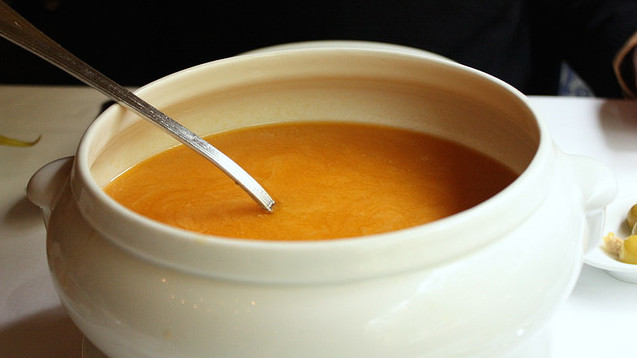You’ve probably seen a lot of references to stock or broth in your recipes, but many people don’t realise: these two are not the same thing. There’s one subtle difference: seasoning.
Picture: Krista/Flickr
Stocks and broths have the same base liquid, with one significant difference: broths are seasoned. If you use broth in place of stock, you risk over seasoning your dish.
Emma Christensen at The Kitchn explains why broth can’t always replace stock in a recipe:
But the point of stock is that you have control over how it gets salted and seasoned from dish to dish. Maybe the stock will be used for poaching fish, so you only want a little or no salt. Maybe you’ll be reducing it down to a sauce, so starting off with a salted broth will make the reduction taste too salty. The point is that stock is a blank slate, while an already-seasoned broth is not.
She also notes that if you buy stock or broth in stores, it may be harder to tell if what you’re buying follows this definition. If you’re not sure, select the one with less sodium to use in place of stock. For more details on the differences between stocks and broths, check out the full post linked below.
What’s the Difference Between Stock and Broth? [The Kitchn]

Comments